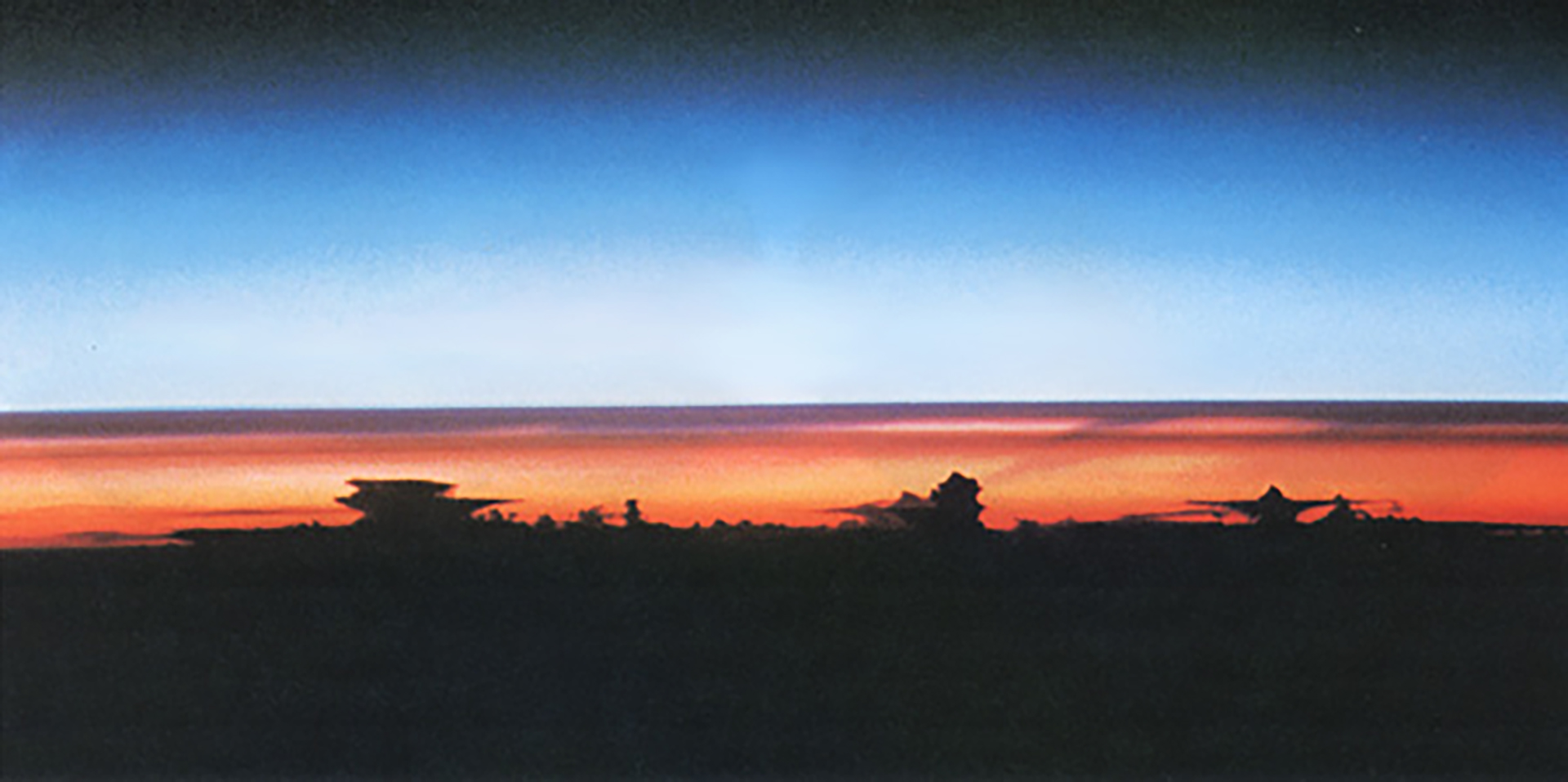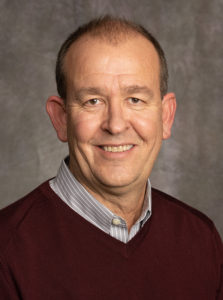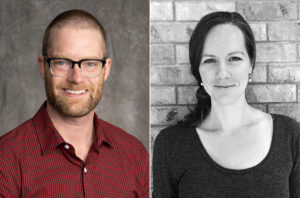

Reducing carbon dioxide concentrations in the atmosphere is the only real solution to climate change. But current and planned mitigation efforts are insufficient, with warming expected to continue worsening over the coming decades.
This reality is leading some to consider whether other, short-term intervention strategies, like solar climate intervention, could buy time for more aggressive mitigation efforts and help us avoid the worst impacts of an inevitably warming planet.
Colorado State University climate scientist James Hurrell hopes policymakers won’t need to use such intervention strategies at all. But he says we should be studying them regardless.
The National Academies of Sciences, Engineering and Medicine (NASEM) and the Biden administration agree. Hurrell co-authored a 2021 NASEM report with 15 other experts from diverse fields that came to the consensus that the U.S. should establish a solar climate intervention research program, and the White House recently set into motion a five-year outline for such research. Hurrell and several of his colleagues already have received funding for climate intervention research from the Defense Advanced Research Projects Agency and the National Oceanic and Atmospheric Administration.
Solar climate intervention – attempting to reflect a small amount of sunlight to cool the planet – would only be a Band-Aid to help in the short term. There’s no getting around the need for reducing greenhouse gas emissions and enhancing carbon sinks.
Mitigation progress has been slow, and continued warming will cause widespread and worsening impacts, said Hurrell, who is an atmospheric science professor and the Walter Scott, Jr. Presidential Chair in Environmental Science and Engineering. He believes scientists should be researching solar climate intervention now, before someone or some country tries it.
“We need to do research on the topic, so we can inform sound policy decisions,” he said. “If it turns out the negative consequences of doing solar climate intervention outweigh any positives that would come from it, that could be the greatest deterrent against someone doing something crazy.”
Climate not harmed in these studies
Hurrell and his colleagues conduct modeling studies to predict how solar climate intervention might affect the Earth system. Some scientists are opposed to even this approach, arguing that it’s a moral hazard because if climate intervention works, policymakers might be less motivated to solve the problem of greenhouse gas emissions.
Solar climate intervention strategies include stratospheric aerosol injection (SAI) and cloud brightening to reflect sunlight back to space. SAI would introduce tiny particles, or aerosols, high in the atmosphere to reduce the effects of global warming by reflecting sunlight back to space, similar to how volcanic eruptions can cool the planet.
Some key atmospheric processes that would govern the climate response to these strategies are not represented well in models. For instance, aerosols collectively produce a cooling effect on climate, but the magnitude of that cooling remains uncertain.
“One argument for doing this kind of research is that it focuses activities on some of the largest unknowns in climate science that we need to understand better anyway,” Hurrell said.
Field studies are the more controversial form of solar climate intervention research. Observations in the field are used to improve model simulations. CSU is not currently planning any climate intervention field studies, and Hurrell emphasized that the bar to conduct field studies should be extremely high.
“Outdoor experiments that involve releasing substances into the atmosphere should only be done on a very small scale without any environmental consequences, and they should only be considered when they can provide critical observations that are not possible to obtain through other means,” Hurrell said.
‘Indoor research’

A DARPA-funded study led by atmospheric science Professors Patrick Keys and Elizabeth Barnes found that stratospheric aerosol injection might work, but temperatures could continue to rise in some regions due to Earth’s natural variability, giving the potential appearance of failure.
Co-authors on the paper, published in Proceedings of the National Academy of Sciences, are Hurrell; Noah Diffenbaugh, a Stanford University professor of Earth system science; and Curtis Bell, a professor of maritime security and governance at the U.S. Naval War College. Their findings shed light on the role public perception could play in shaping climate policy and the impossibility of controlling Earth’s natural variability.
Keys brings a new dimension to CSU’s climate studies. Formerly the lead scientist of CSU’s School of Global Environmental Sustainability, Keys uses a range of interdisciplinary scenario approaches to explore the geopolitical possibilities of climate intervention.
“This topic, up until now, has really been in the domain of science fiction,” Keys said. “We need better information than what you might see in a disaster movie. We need scientifically and geopolitically informed insights that can help to equip actual decision-making.”
Another recent DARPA-funded study by Barnes, Hurrell and Lantao Sun, a research scientist in the Department of Atmospheric Science, addresses the detection problem. They used machine learning to answer the question: how long would it take to detect the effects of climate modification on weather and climate extremes? They found regional changes in extreme temperatures could be seen one year after stratospheric aerosol injection, and noticeable changes in extreme precipitation could take 15 years.
“We’re the only team that I’m aware of that has applied these machine-learning approaches to this detection problem,” Barnes said.
Another interdisciplinary group at CSU is examining how solar climate intervention might affect health impacts from extreme temperatures. The group is led by Brooke Anderson, an associate professor in the College of Veterinary Medicine and Biomedical Sciences, and includes Hurrell, Sun, David Rojas-Rueda, an environmental epidemiologist and assistant professor in the Department of Environmental and Radiological Health Sciences, and epidemiology Ph.D. student Daniel Dean. The project is supported by CSU’s One Health Institute.
Early results suggest that reducing the number of extreme heat waves would save lives, but it depends on who and where you are. Some places are better adapted to heat than others, and socioeconomic factors are an important consideration.
An eye to the future
NOAA recently awarded funding to Sun, Hurrell and atmospheric science Associate Professor Kristen Rasmussen to explore how climate change will affect storms and how those changes might be mitigated by solar climate intervention. Hurrell is also co-investigator on a NOAA-funded project led by Indiana University that will simulate the impacts of solar climate intervention on extreme weather and climate events in the Midwest and Western United States.
Hurrell echoed the call of the National Academies’ report that a transdisciplinary approach must be taken to assess solar climate intervention holistically. He said CSU is positioned to be a national leader in this research area because of the university’s breadth of expertise and extensive climate change mitigation and adaptation studies.
“We are establishing a reputation as a leader in climate intervention research right now, but there’s so much more we can do,” Hurrell said.